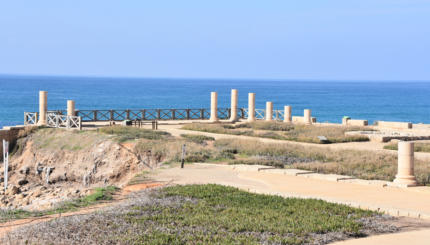For the fourth year in a row, one of my congregants, Elyse Heise, has written and produced a Passover parody video. As in past years, our congregation loves to support this project because it is fun and creative, and it engages different members every year as they volunteer in a variety of roles. Older and younger members come together, sometimes meeting for the first time, for an afternoon of fun filming.
This year, aside from just being a great song, it is also a great conversation-starter. While it parodies the experience that too many have had of sitting at an overly long, uninspiring seder, it also highlights many of the key rituals and moments that do stick with people. And it offers us an invitation to do something more inspiring with this annual ritual.
We know that, historically, the ritual of the Passover seder, evolved over several centuries. The festival is observed with eating a lamb that has been sacrificially slaughtered and offered up, along with eating only unleavened bread for seven (or eight, depending on one’s tradition) days. The seder was a rabbinic innovation, inspired by the philosophical questions and discourses of the Greek Symposium, combined with the banqueting style of the early Roman period. In its time it was a completely radical break with tradition, and an innovative way, under a period of Roman rule and persecution, to think about freedom as something spiritual and redemptive. However, over time, the ritual has become rigid and sterile in some settings.
For me, the seder is an invitation to explore a story that has become integral to a sense of identity and peoplehood, searching for the many ways that we can make a ritual about freedom from oppression into a meaningful narrative for today’s world. Whether at the personal level, in more symbolic and spiritual ways, or at a national or global level, the connections we can make to these themes are endless. Sharing pictures that represent freedom, speaking about the ‘Pharaohs of today’, singing and dancing like no-one’s watching, discussing the flight of others from oppression and the ways that we can be God’s hands and help to ‘redeem’ others… these and more are ways to ensure that our seder is anything but dull. For a seder with many younger children, there are so many fun songs, ways to act out the story, and ways to help them interpret objects on the seder plate as symbols, that can keep them engaged.
I hope that your seder won’t be slow. And I hope you enjoy our 2017 Passover parody (above)!




